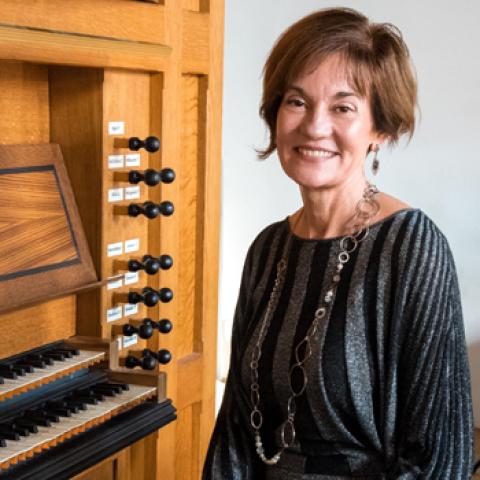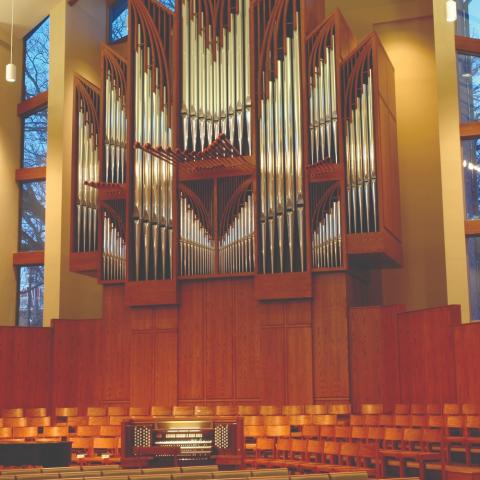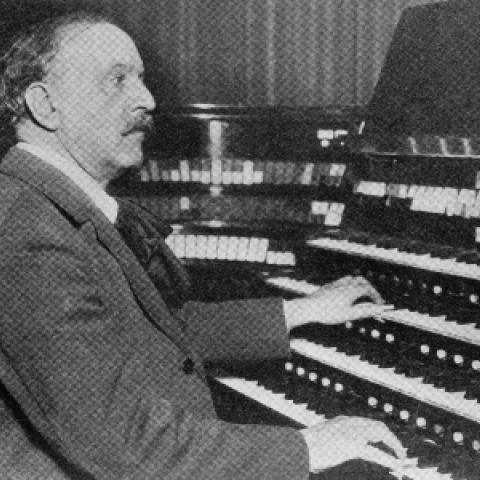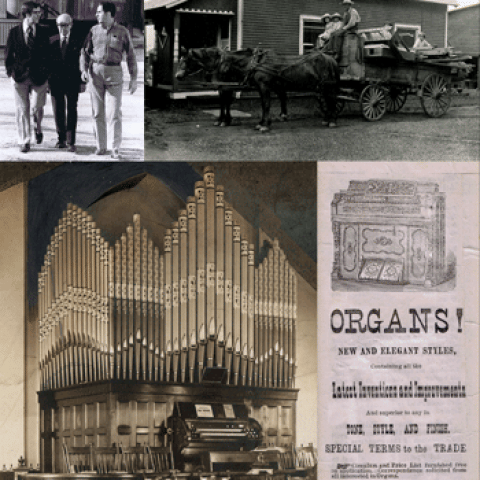Kimberly Marshall plays the Toccata from Pièces de fantaisie, Second Suite, by Louis Vierne
This took place at the Helen Peel Memorial Concert, January 19, 2020, at Trinity Cathedral, Phoenix, Arizona. The cathedral organ was built by the Schantz Organ Company, Opus 2247: four manuals, 71 ranks, six divisions, 57 stops, 97 registers.
http://www.schantzorgan.com/
Kimberly Marshall currently holds the Patricia and Leonard Goldman Endowed Professorship in Organ at Arizona State University and the Hedda Andersson Visiting Professorship at the Malmö Academy of Music.
See Kimberly Marshall’s artist spotlight: https://www.thediapason.com/artists/kimberly-marshall
For more information: http://www.kimberlymarshall.com/ or visit https://www.facebook.com/KimberlyMarshall.organist.







